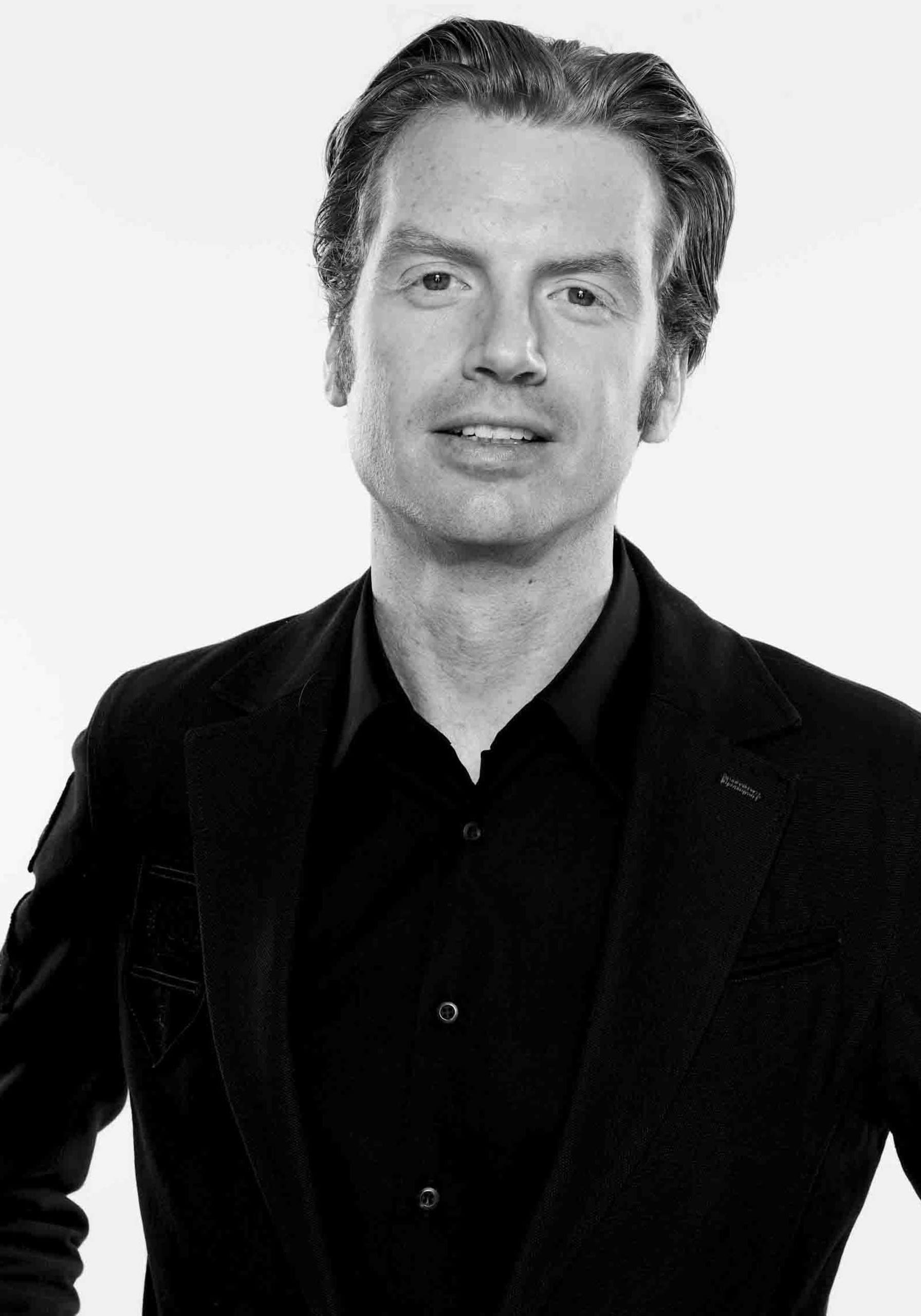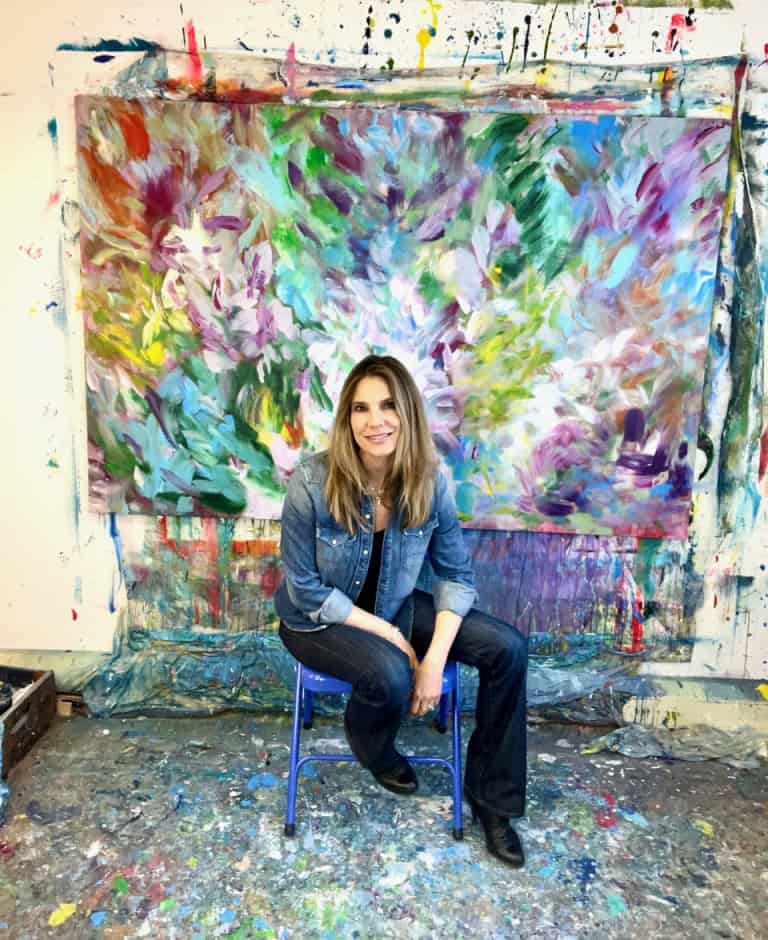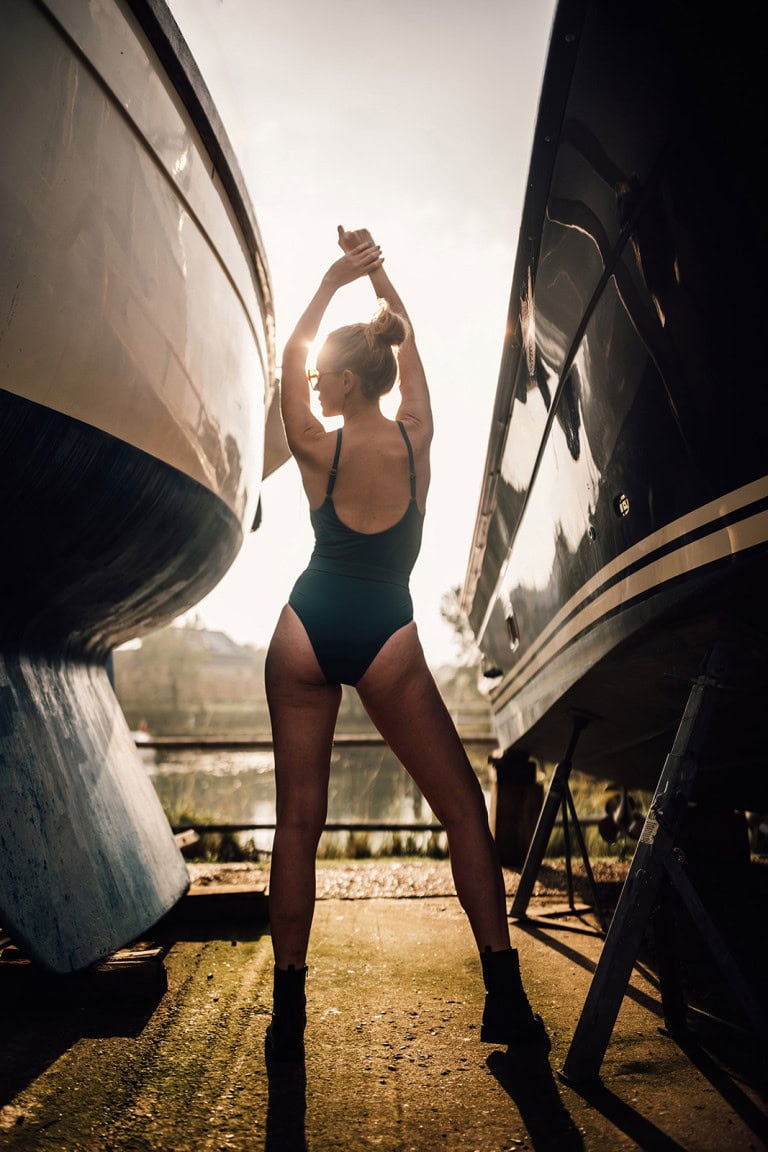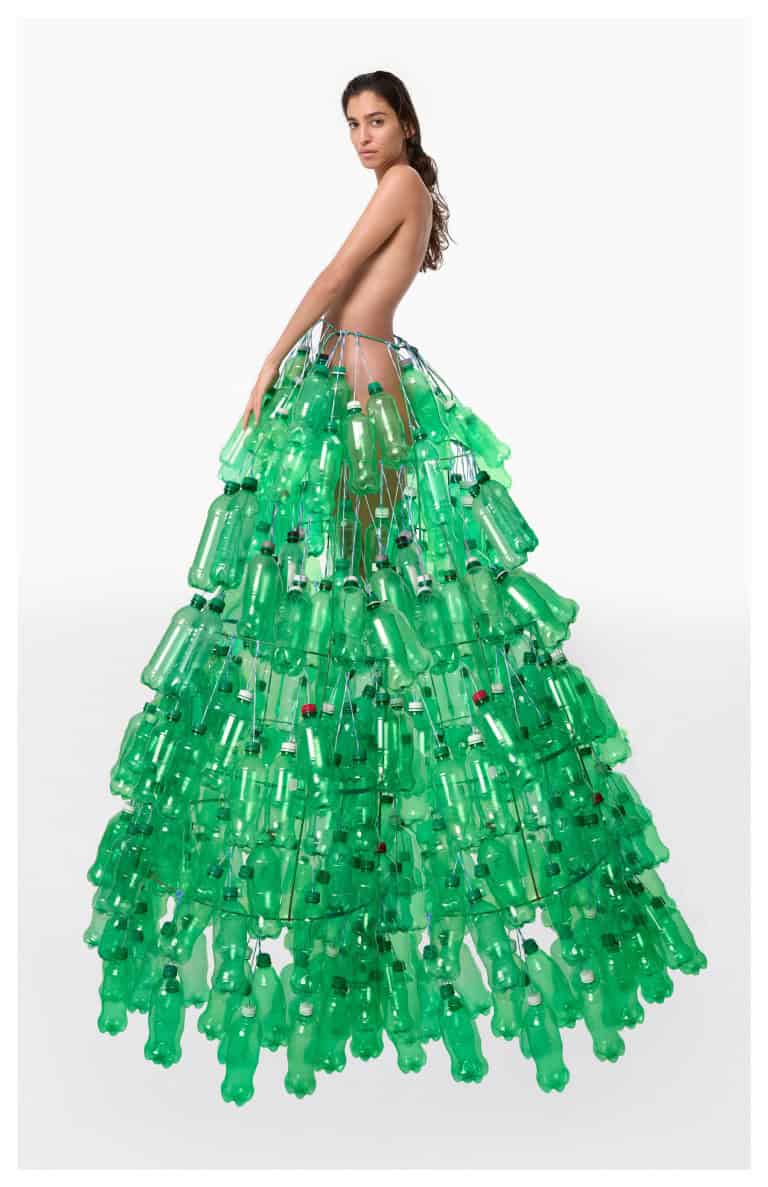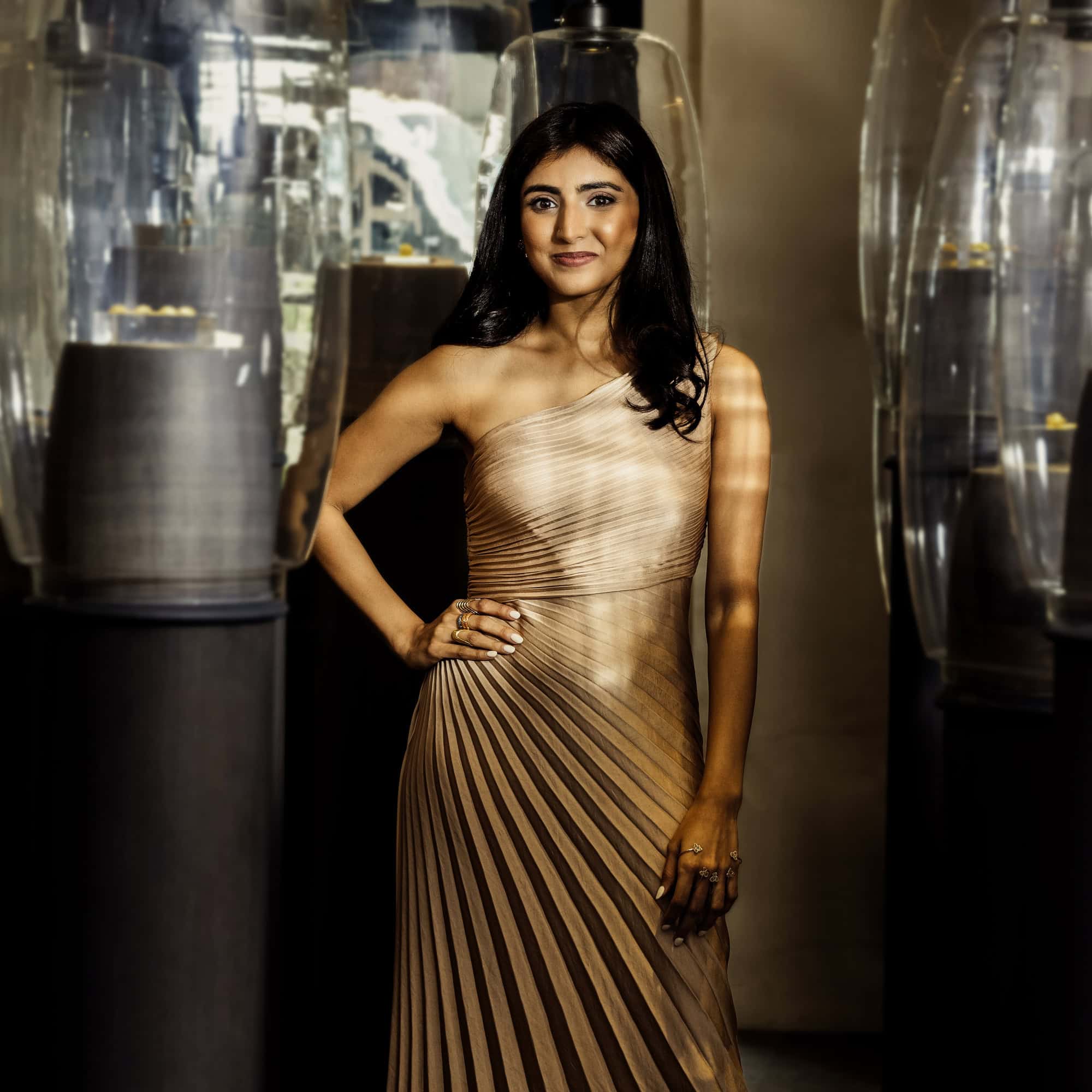
Crafting Elegance: An Interview with the Mastermind Behind IVAR Jewelry
Ritika’s interest in jewelry began when she was nine years old. She went on to earn a BA in Fashion Jewelry Design from the London College of Fashion. Raised surrounded by nature, dance, music, and art, and her designs reflect those influences.
She is well-versed in craftsmanship and production, and she collaborates with her manufacturers at every level of the process. Ritika is also environmentally conscious, and after a year of vetting, she was approved into Positive Luxury. Awarded the Butterfly Mark (* a Butterfly Mark certification clearly confirms luxury brands contributing to the future of the earth through an assessment consumers can trust).
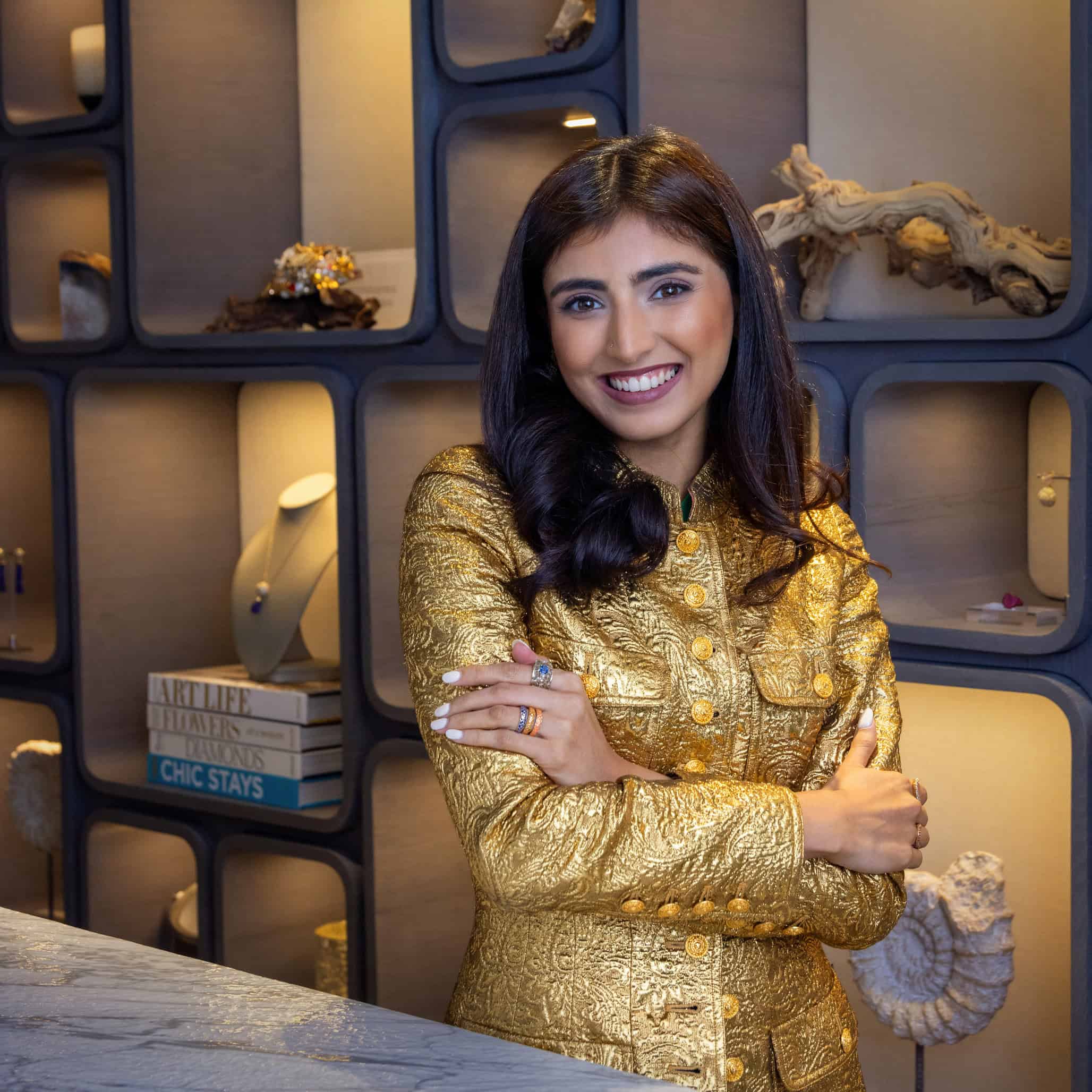
Ravi’s stunning jewelry deftly combines traditional Indian workmanship with a modern design aesthetic. As a result, a line of modern heritage items that are both treasurable and wearable, sophisticated yet effortlessly easy, has been created. Designs include diamonds, Mozambique rubies, and Sri Lankan sapphires. As well as elements of traditional workmanship like Polki (uncut diamonds with no enhancements/chemical treatments) and enamel.
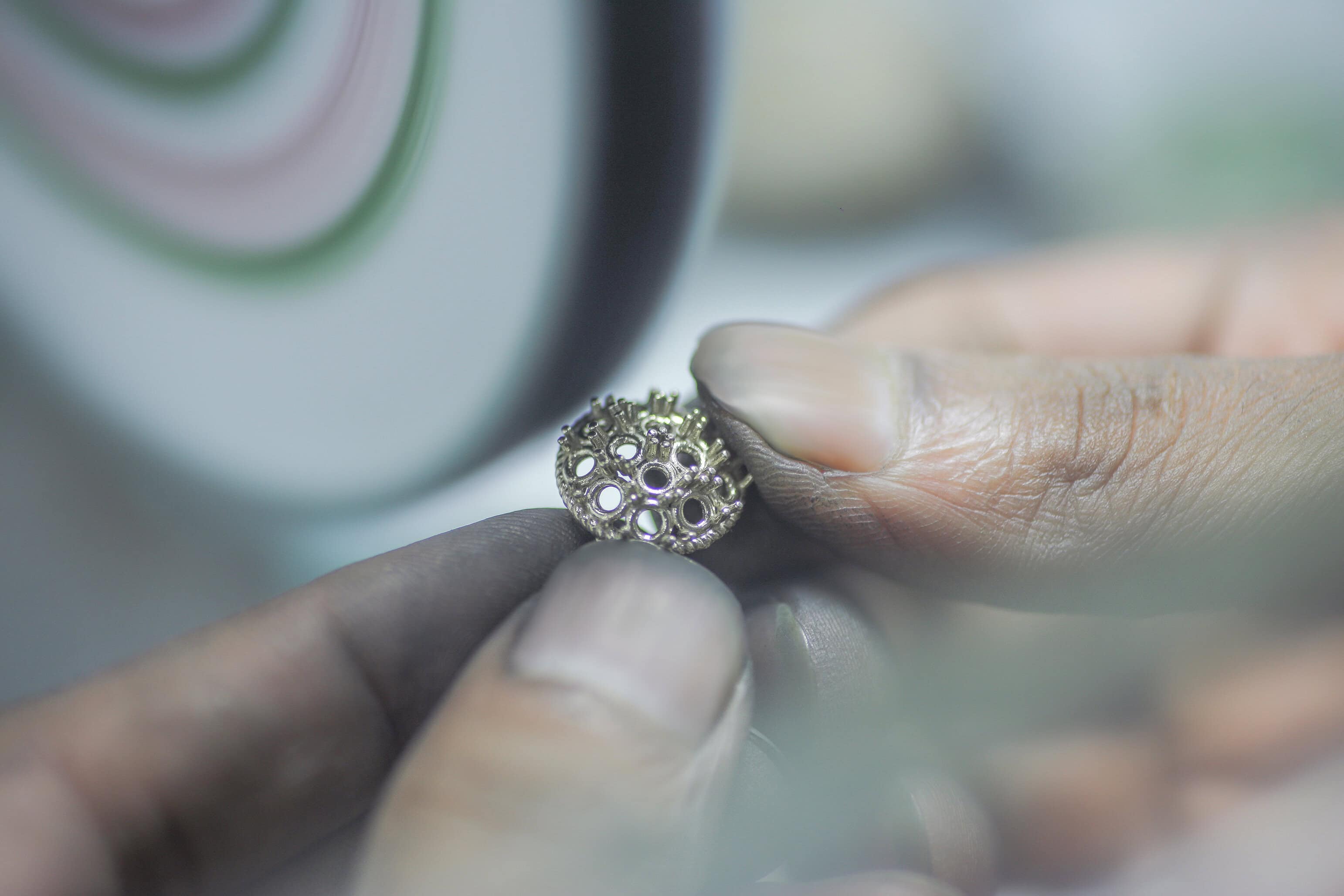
IRK: You say, in your bio, your passion for jewelry began when you were 9 years old. Can you elaborate on that memory?
Ritika: When I was 9, I never used to wear a lot of jewelry, which my grandfather did not appreciate as jewelry is such a big part of our culture. He asked my mother why and she explained how I didn’t like anything she bought for me. So my grandfather said to get me something I did like. The search began for me and my mother, we would go to various stores both here and abroad but to no avail. But what I did do, was collect a whole lot of catalogs. Finally, my mother took me to a designer in Chennai whose work I loved. Who really involved me in the design process. I was hooked after that and it sort of became a bonding experience for me and my mother. As she also loved jewelry, a way for us to bridge that generational gap.
IRK: Where do you find inspiration for your designs?
Ritika: I think inspiration comes from everywhere. I’ve always said that my upbringing in India coupled with my exposure to studying and traveling abroad have served as sources of inspiration. The Maldives heavily influenced my first two collections, the 10.18 and the Troubadour. My other major source of inspiration has always been and always will be my family as evidenced by my third collection-Charu.
IRK: How are you inspired by traditional Indian jewellery?
Ritika: Traditional Indian jewelry showcases a lot of very intricate and historic techniques. Craftsmen in India have learned their craft over many generations and I think it’s very important to keep them alive. I’ve always been inspired by the polki and enamel techniques of the Mughals. I wanted to showcase them through a more contemporary lens.
IRK: Describe your personal style?
Ritika: I love classic lines and neutral colors with the addition of some edgy silhouettes. I love pieces that are eternal and interesting. Most importantly pieces that I can wear multiple times for various events.
IRK: You said, “for every piece of jewellery has a classic tale to tell”, expand on that thought.
Ritika: I’ve been lucky to have pieces of jewelry from my mother who received it from hers and so on. So those pieces have the story of my ancestors attached to them. Every piece of jewelry whether a gift from a partner, a friend, or even a gift to yourself. Which marks an occasion, an achievement, or may even be an act of love. I believe those stories make the pieces even more special. Even more valuable especially in the eyes of the beholder.
IRK: What is your creative process? Do you have a favourite part of the design process?
Ritika: I don’t think I have one specific process, I think creatively I put things together in very different ways. Ideas come and go and I sometimes work on multiple things at the same time. My favourite part is always when I’ve been working on something for a really long time and I’ve been stuck on one particular aspect of it. It’s the moment where I feel like I’m on the precipice of the solution and what follows is the final product.
IRK: Do you start by sketching, painting?
Ritika: Yes, I definitely need to sketch out my ideas on paper before having them created digitally. Ideas can strike me at any time and I often end up sketching them out on any available paper around me so I can get it down. I then redo the sketch a little more clearly.
IRK: Do you have a favorite piece of jewellery you designed? Why is this design special to you? Do you have a favorite stone(s)?
Ritika: The Charu collection as a whole is very special to me. It’s named after my mother and inspired by a very traditional piece of jewelry in South India. Specifically, the Charu Zero 7, which is a very classic, clean gold ring is something I wear a lot. As for my favourite stone. I think it would be emerald, although of course, I would never say no to diamonds.
IRK: How do you work with the craftsman that makes your jewelry?
Ritika: The local craftsman who I work with on my jewelry, is a near-constant presence in my office. I work very closely with him and his team at every stage of the process, especially with bespoke pieces so we can make sure it comes out perfectly. I also work with larger manufacturing units in Jaipur, India in a similar manner right from choosing gemstones to the final product.
IRK: Why is responsible production important to you? How do you incorporate it into your production?
Ritika: I’ve always made sure to be sustainable both in my personal life and professional one. One of the major areas, when I started the brand, was to make sure we didn’t create a large carbon footprint, which can often happen in production. The way to make sure that didn’t happen was to try to be as sustainable as possible from the very beginning. We worked with our manufacturers on sourcing fairminded gold, became a licensed brand, and tried our best to get as much transparency as we could in our supply chain. We have a long way to go but we are holding ourselves accountable and hope to become carbon neutral soon.
IRK: What does it mean to you being accepted into Positive Luxury and receiving the Butterfly Mark?
Ritika: We worked really hard to be accredited as a positive impact luxury brand with Positive Luxury. The whole process took a year and involved a lot of implementation of new policies and processes. We’re extremely proud and honored to receive the Butterfly Mark and hope to continue in our efforts to become a truly sustainable brand. ( *Butterfly Mark certification visibly validates luxury brands contributing to the future of the planet through an assessment consumers can trust.)
IRK: Why did you decide to open a store in NYC?
Ritika: The dream is always to open a store in a place like New York. I’ve always loved the city and we got a great opportunity on Madison and I felt like I had to take it. From a business perspective, it made sense as America was always a great prospective market for us.
IRK: What does NYC mean to you?
Ritika: Its the City of Dreams, isn’t it? I hope it makes mine come true.
IRK: Tell us about the store (include design details)?
Ritika: The store in New York aims to bring the essence of the island to the streets of the city. Walking through the space is meant to evoke the sensation of moving from the deep blue sea, breaking through the surface of the rippling waters, and emerging finally onto the shores of an island filled with soft sand and lush greenery. The entrance to the store is reminiscent of a school of fish in the water with individual displays arranged at various heights and places to mimic the movement of fish
The customer service area that follows has mural paintings covering the walls and ceiling, depicting the breaks and swells of high and low tide. Moving into the customer experience area is much like approaching dry land, the space designed with an abundance of light and warmth, characteristic of the holiday sun. The outdoor space teeming with potted plants is a cornucopia of leafy greens, a step into the shade of a Maldivian tree.
Indian influences
I call India my home, and Indian influences are visible throughout the store. In the display room is an aged wooden sculpture of the Tree of Life. The piece which was handmade and sourced in India represents the immortal tree in Hindu mythology. The tree, a Banyan, represents our personal development, growth, uniqueness, and individual beauty. A common saying in Varanasi, the holy city in India is that the banyan tree never dies. As it is also a symbol of new beginnings, it is an apt addition to Ivar’s new store.
The furniture, handmade in India, speaks of the clean lines and warm tones that exemplify the brand’s style. Designed specifically to suit the new space, the furniture is made in wood and is both beautiful and practical. The customer experience area of the store also boasts of an archive wall. The wall framed in squares of different sizes is a record of the brand’s journey from its inception to its present. As a result, it is always changing and growing. An initial drawing of an iconic design; my notes on my first collection; the inspiration behind the Charu rings and mementos from home are all visible on the archive wall.
IRK: What are you most passionate about with respect to taking care of people and planet?
Ritika: I think Education. The more you know, the more you can help. We need to educate ourselves and help educate others, especially about the planet. That way we can all learn to be more respectful in anticipating people’s needs and rights and more sustainable in taking care of our planet.
IRK: What are some conscious actions you implement in your daily life?
Ritika: I very consciously avoid using single-use plastic both at home and in the office. Every single used container (shampoo bottles, for example, is given to plastic recycling units. I use recycled paper, carpool to work, and most importantly compost regularly and use that compost in our garden.
IRK: What’s your hope for the future of the planet?
Ritika: I think human beings are the best hope for the future of the planet. It may sound optimistic but I hope we all remember that everything we have, we get from our planet, and that we need to give back to it.
IRK: What Sustainable Development Goal do you align with the most? We’ve partnered with the UN for awareness on these goals! https://sdgs.un.org/goals.
Ritika: At the moment Goal 4 and Goal 5 are the ones we align with the most, that is- inclusive and equitable education and to achieve gender equality and women empowerment..
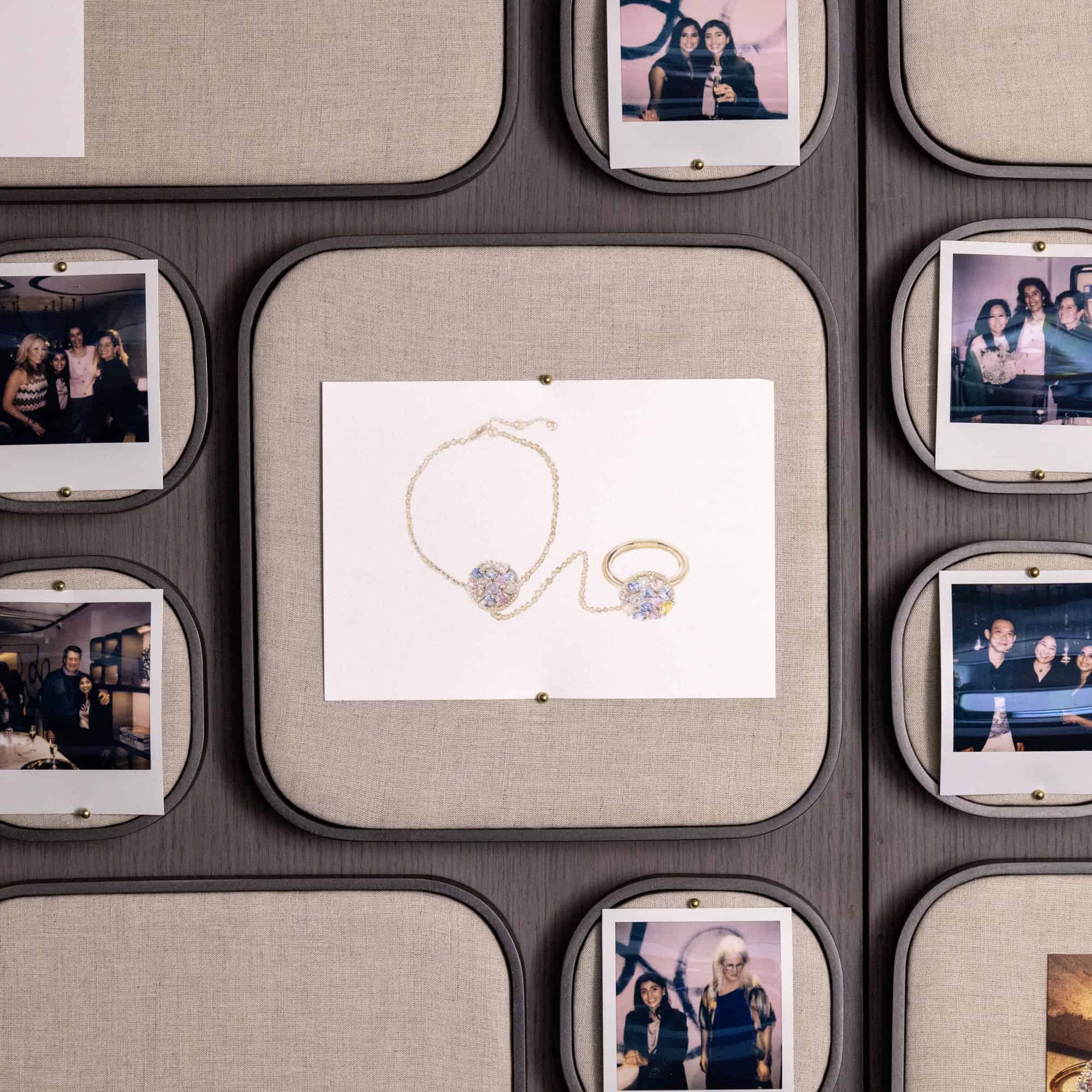
IVAR by Ritika Ravi, a fine jewelry company that creatively blends Indian craftsmanship with a contemporary design viewpoint, is building its first North American flagship store in New York City’s Upper East Side area, effectively debuting the jewelry collection in the US.
The store will sell IVAR’s sophisticated and effortless jewelry designs, including signature and best-selling pieces, all of which explore traditional Indian craftsmanship through a modern design lens, bridging the gap between the past and present through a collection of timeless and transcendent designs.
Inspired by travel
IVAR designer and founder Ritika Ravi, who is from India and is passionate about the country’s rich cultural heritage, has a strong love for the art of jewelry crafting, for which India is famous. Her jewelry employs time-honored artisan skills while also incorporating design aspects that speak to a contemporary worldwide clientele. IVAR is also inspired by Ravi’s travels and the bright colors and emotions of vacation spots. IVAR jewelry is intended to be worn every day, wherever while celebrating the essence and luxury of resort design.
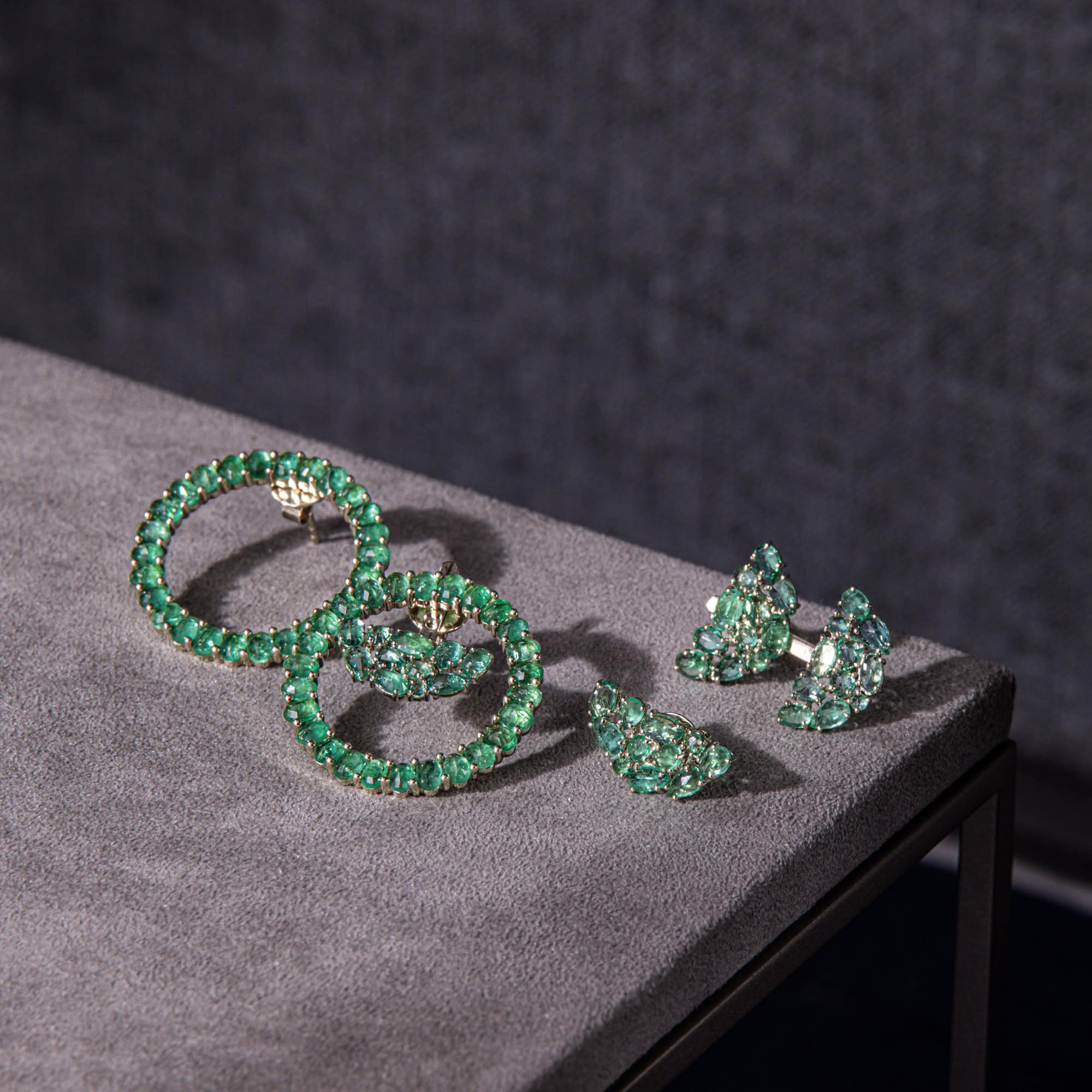
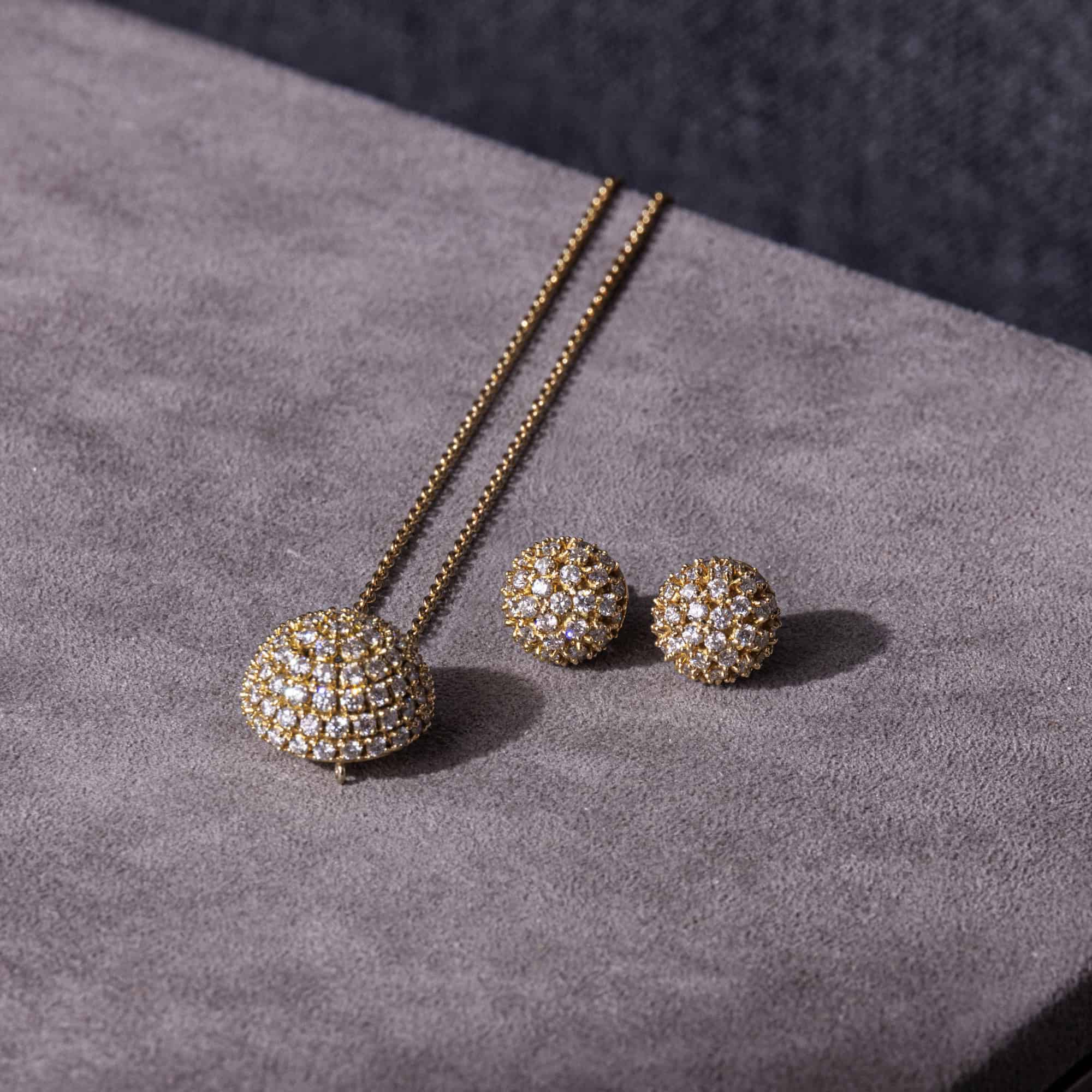
Ravi was inspired by the geology, terrain, and natural aspects of the Maldives, where IVAR jewelry was initially presented and where the first IVAR store debuted in January 2019. The design aspects of the New York store strive to transfer the essence of the island to the streets of the city, from the many hues of the clean ocean waves to the shimmering white dunes.
Client experience
Individual exhibits are positioned at various heights and locations in the entryway and vestibule, evoking schools of fish or ocean waves. Beyond here is a customer service room with mural paintings on the walls and ceilings portraying high and low tidal breaks and surges. This is followed by a client experience area created with an abundance of light and warmth to evoke the charm of a sunny vacation. This area also has a “Evolution Wall” that depicts the story of the IVAR brand from its birth to the present. Content will evolve in tandem with the brand, and will contain aspects such as Ravi’s early sketches of renowned designs and personal souvenirs.
Indian motifs and influences may also be found throughout the space, such as an ancient wooden sculpture of the Tree of Life manufactured in India. The everlasting Banyan tree represents our personal development, progress, individuality, and individual beauty in Hindu mythology. The Banyan tree is a potent symbol of new beginnings, and it is thought that it never dies.
The property also features a planted outdoor patio brimming with potted plants, giving the impression of an exotic destination immersed in lush, leafy vegetation – a tropical sanctuary on Madison Avenue.
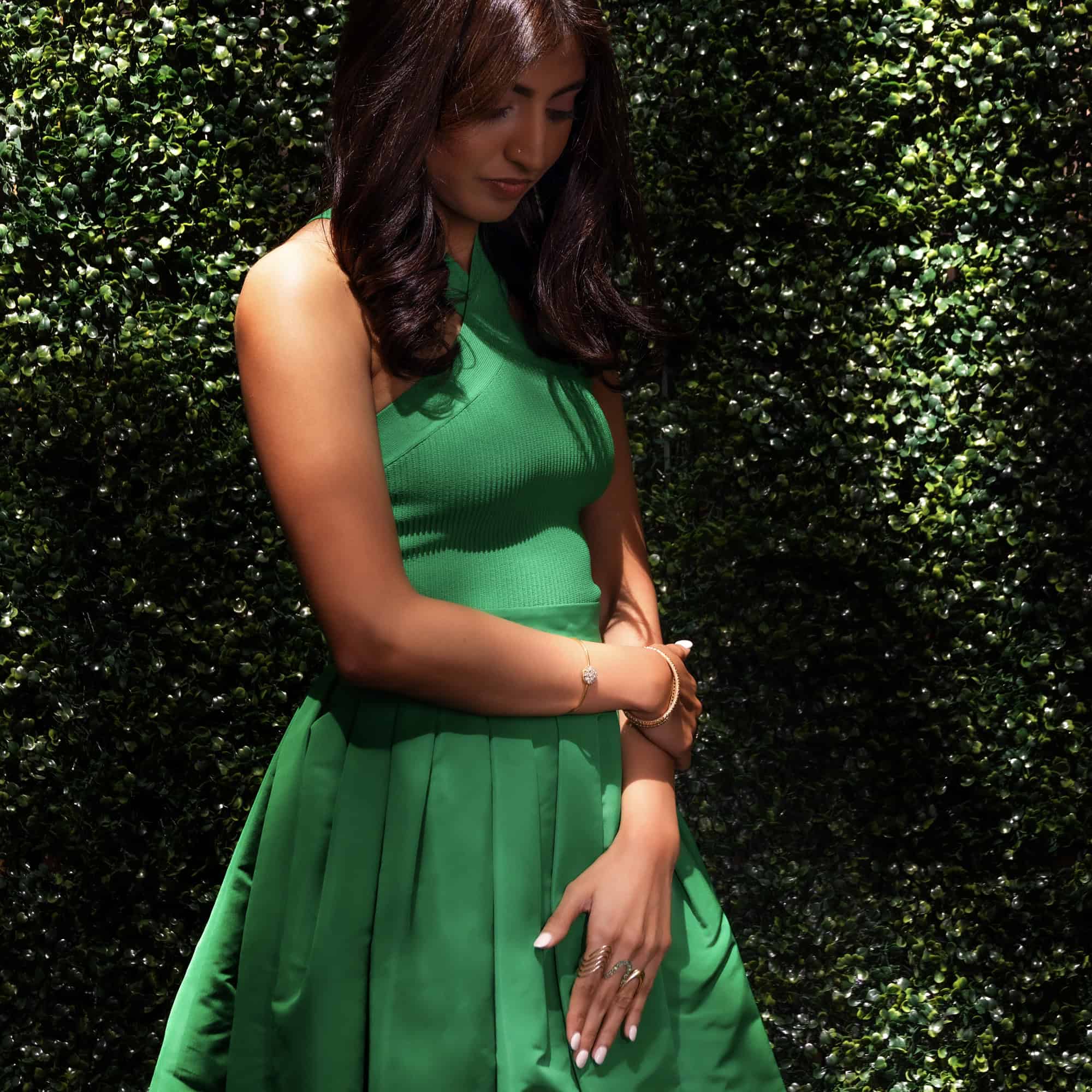
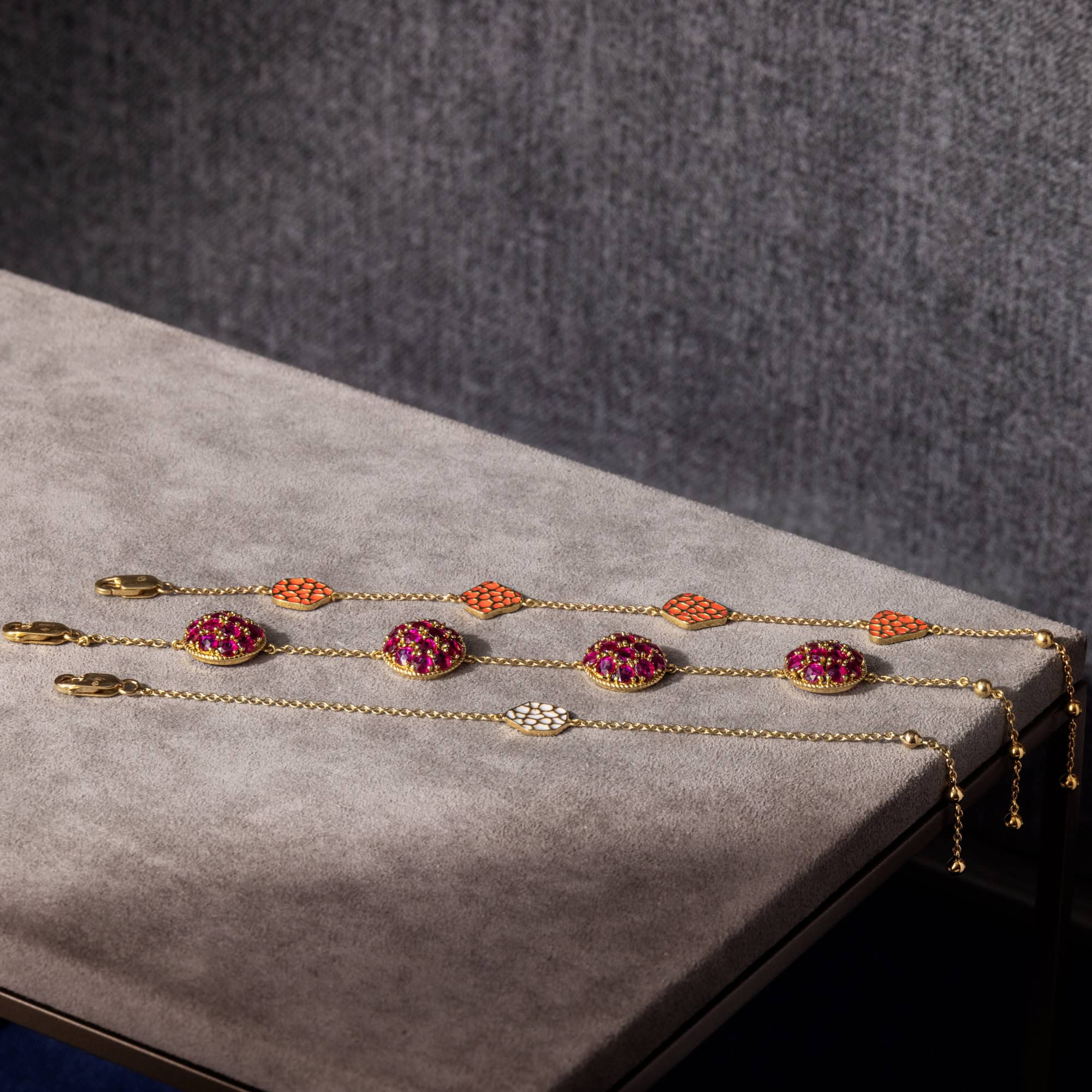
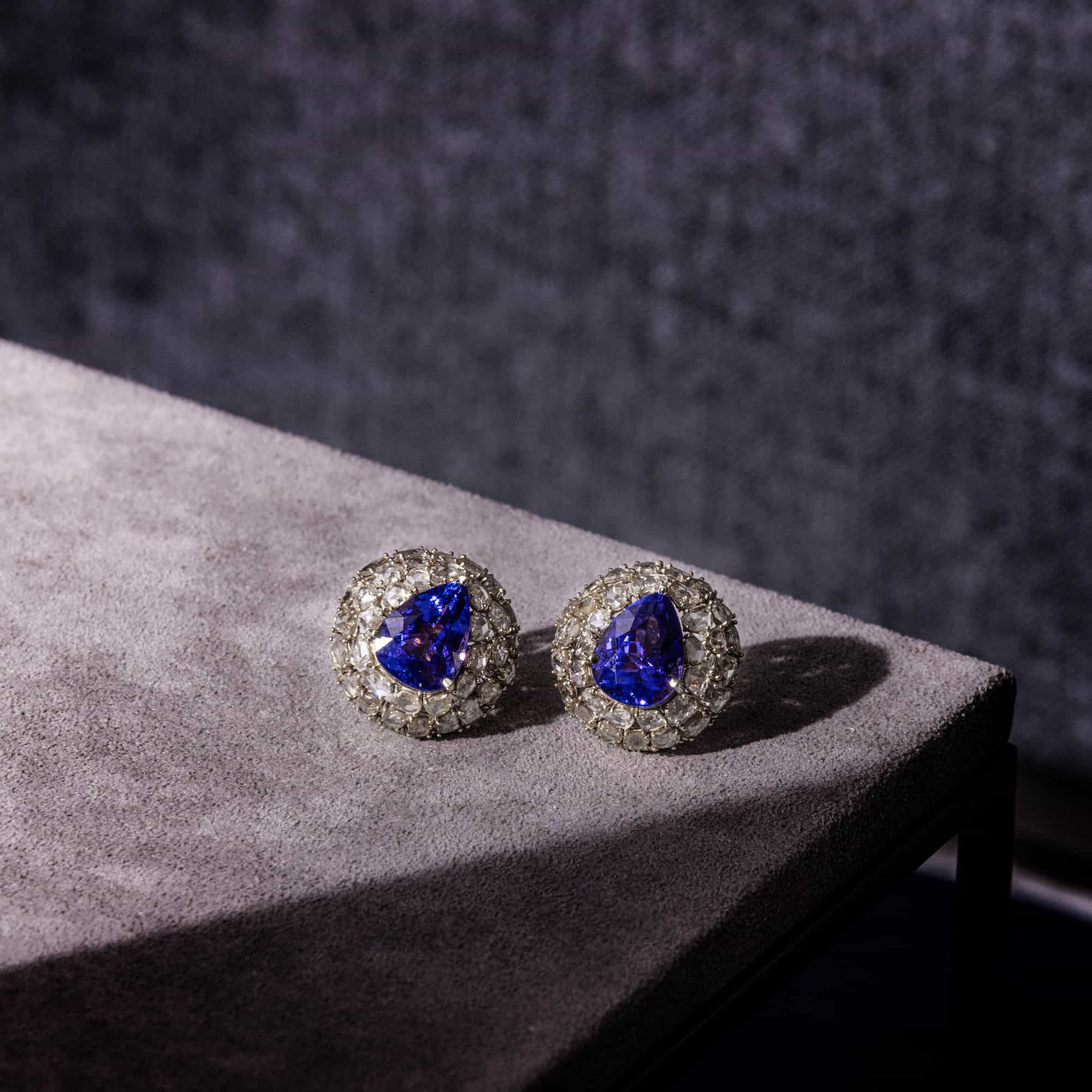
Photographer: Jayme Thornton @jaymethorntonphoto
Editor: Cannon @thecannonmediagroup
Share this post
Cannon is our Editor-At-Large since August 2016. He grew up in New York City and was influenced at an early age by rock and fashion. He is an award-winning celebrity stylist, fashion editor and creative director who has styled many of his favorite musicians including Annie Lennox, Cyndi Lauper, Jimmy Page and Shirley Manson. His wit, charisma, and style have made him a trusted and sought-after stylist by Hollywood legends such as Liza Minnelli, Willem Dafoe, Dennis Hopper, and Glenn Close.
Cannon has also worked with some of today's hottest celebrities, including Diane Kruger, Angelina Jolie, Matt Damon, Penn Badgley and Kellan Lutz. He was the first stylist to get Barbra Walters into a pair of jeans for a photo shoot, and had the opportunity to dress Michael Jackson as the KING OF POP for MTV. In addition, Cannon also founded PLUMA- a luxury costume jewelry collection made exclusively in Italy that was recently featured on the cover of Italian Vogue. As a result of working with great musicians and celebrities, Cannon has contributed to multiple publications including: Rolling Stone, Vogue, Time, Entertainment Weekly, Vanity Fair and W. He has styled large casts for every network including: Lost, Sopranos, The View, Project Runway, Kelly, The Today Show, Top Chef, and The Office. Cannon's expertise in fashion also has lent itself to him being in front of the camera as a style expert, with television appearances on E!, Style, VH1, CBS, NBC, ABC, TLC, and Bravo. Cannon has been an on-air spokesperson for TJ Maxx, Burlington Coat Factory, Chapstick, Pantene, Dove, and Peanuts/Snoopy Worldwide. He has also been profiled in American, German and Japanese publications. In addition, Cannon was instrumental in organizing an inaugural panel discussing fashion and film for MEIFF in which he also served as a participant alongside Jason Wu and Kathryn Neale Shaffer, contributing editor at American Vogue.
Whether it's obtaining real museum pieces for a Discovery Channel commercial or recreating 50 unique culturally observant costumes for the worldwide launch of the National Geographic Channel, Cannon's respect for authenticity and his gift of problem solving has left lasting impressions on everyone he has worked with. Additional commercial work also includes Saks Fifth Avenue, Target, Sony Music, RCA, Bravo Network, Sprint, Bergdorf Goodman, and Neiman Marcus.
Cannon has styled fashion shows for Jason Wu and the Life Ball in Vienna, Austria, starring THE BLONDS, which is the largest AIDS benefit runway show in the world, that year hosted by President Bill Clinton and Eva Longoria. Other fashion shows include Snoopy in Fashion, Joanna Mastrioni to name a few. He has also styled shows for Safilo and their licensed brands, which include Gucci, Christian Dior, Emporio Armani, Ralph Lauren, Dior Homme, Max Mara, Marc Jacobs, Marc by Marc Jacobs, Stella McCartney, Banana Republic, Tommy Hilfiger.
Read Next

